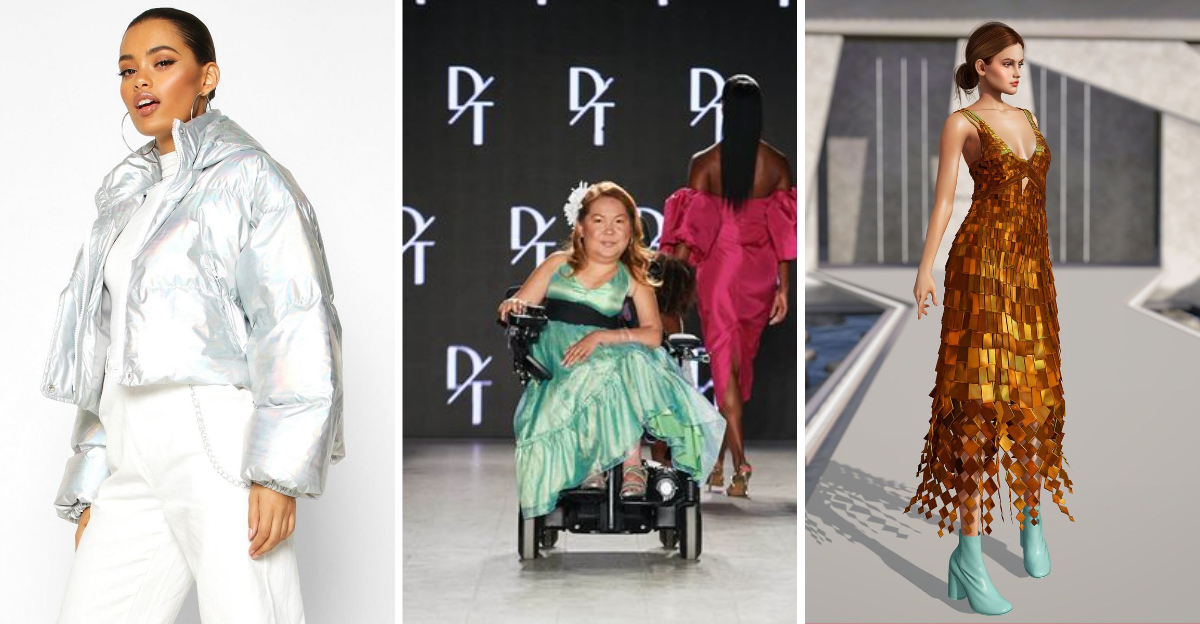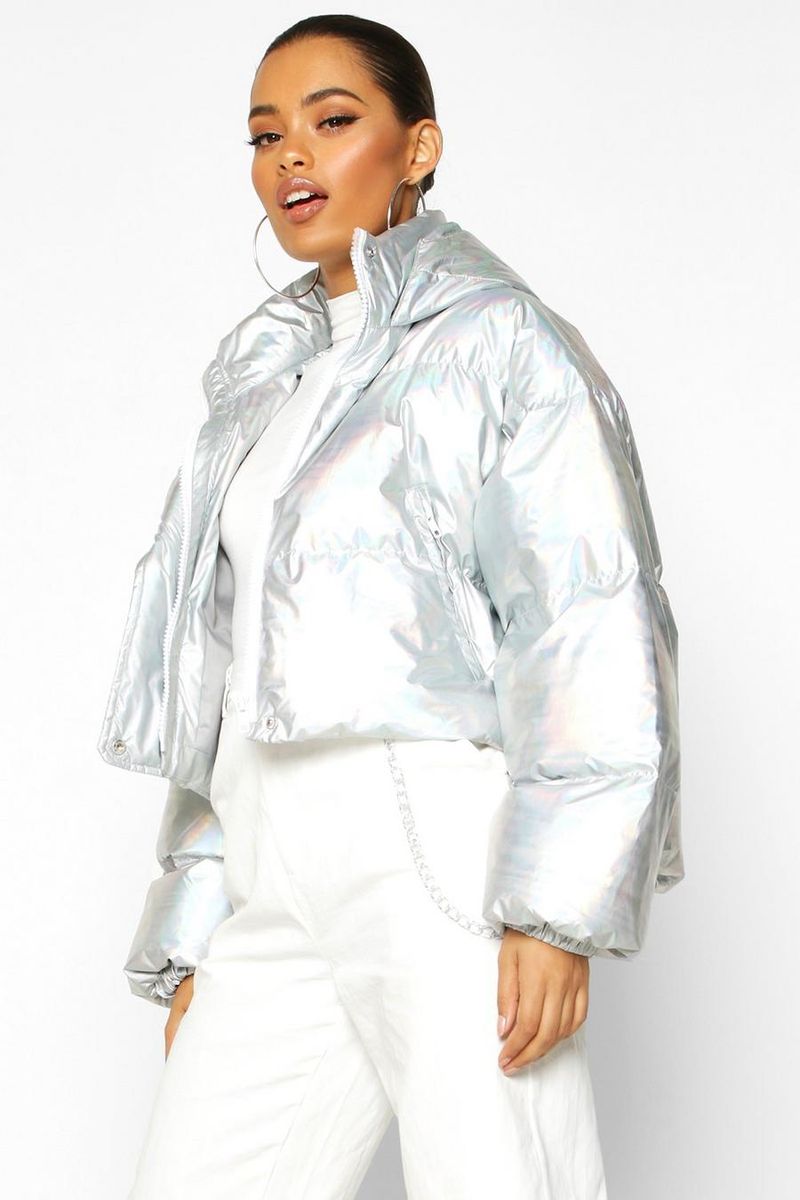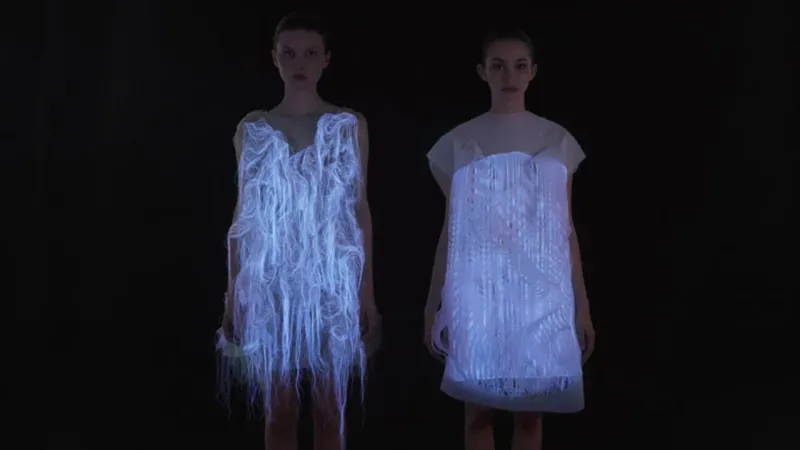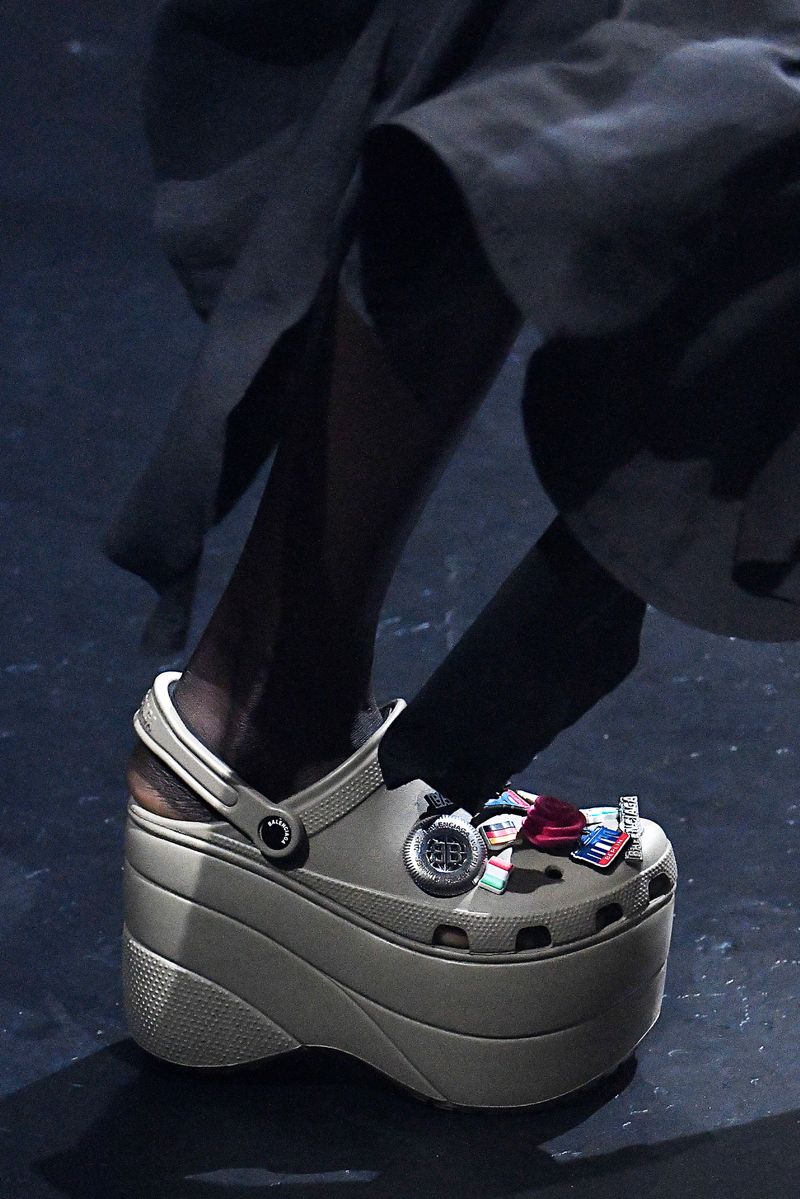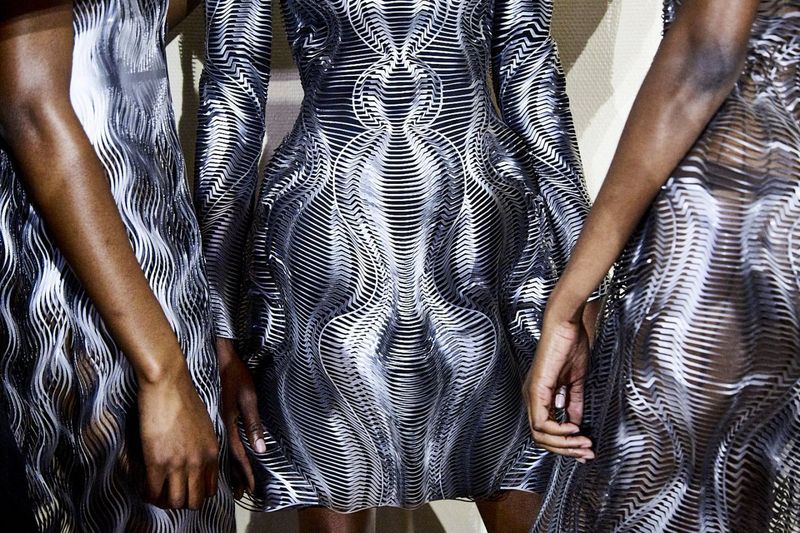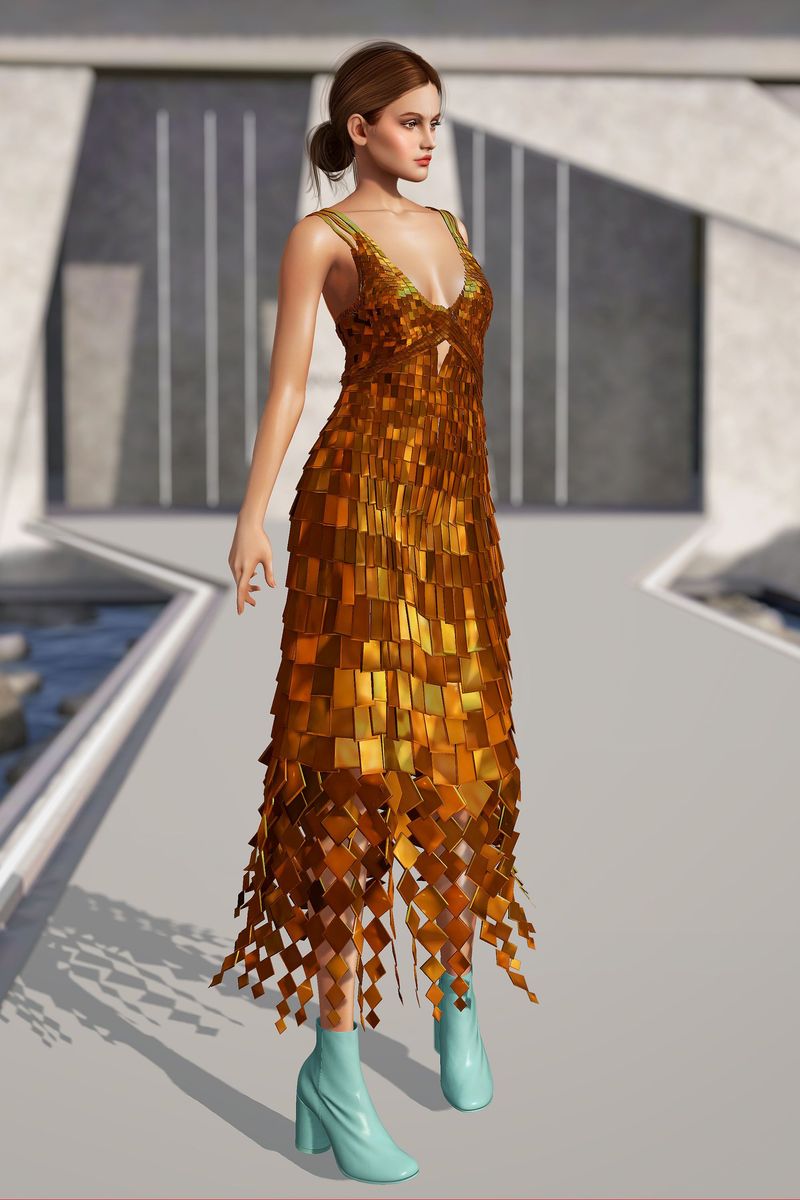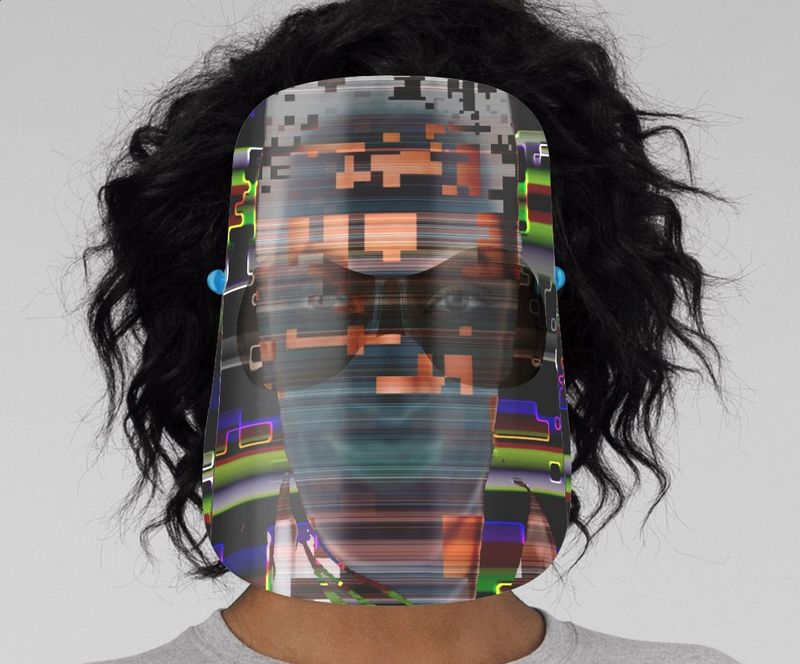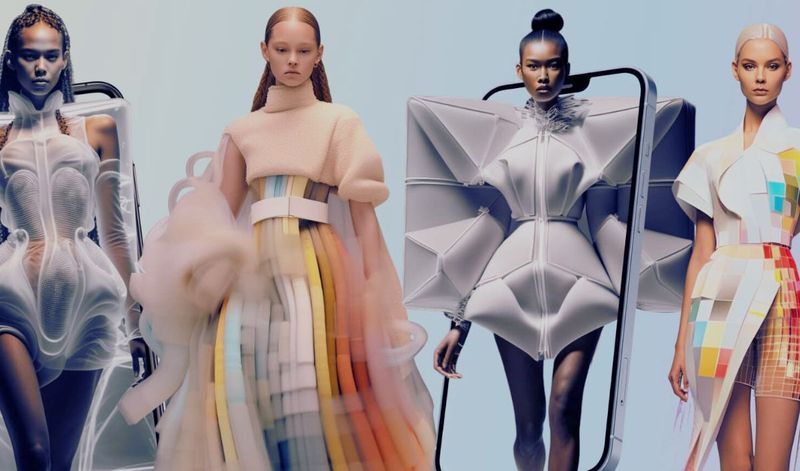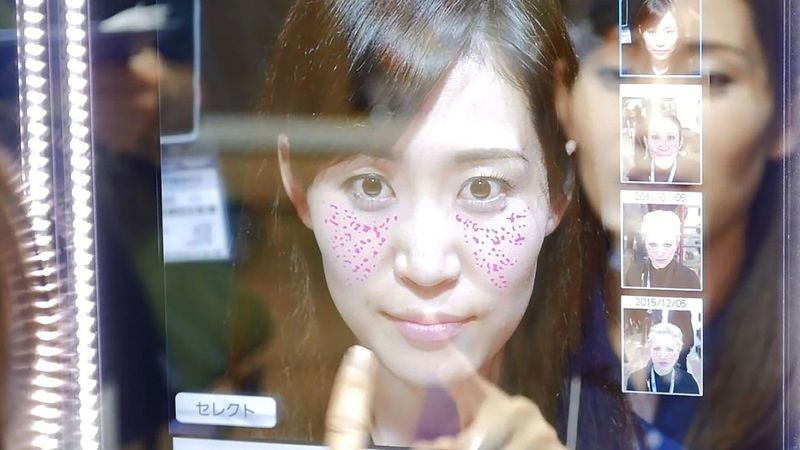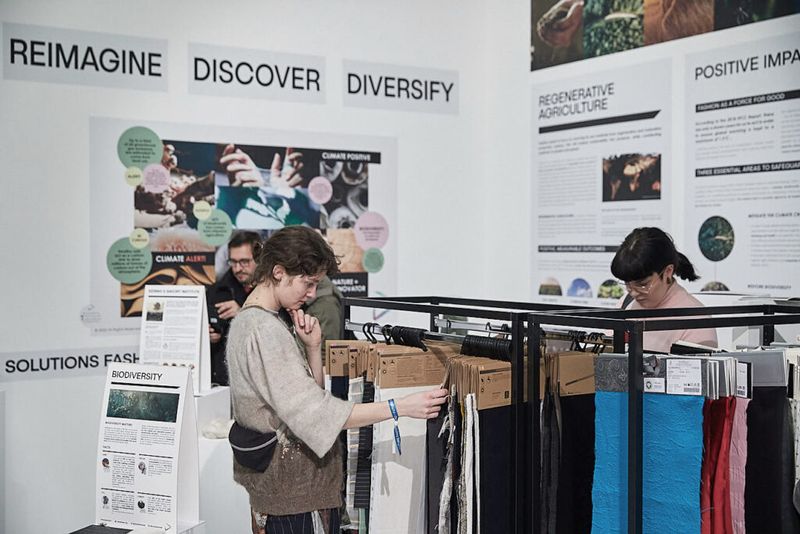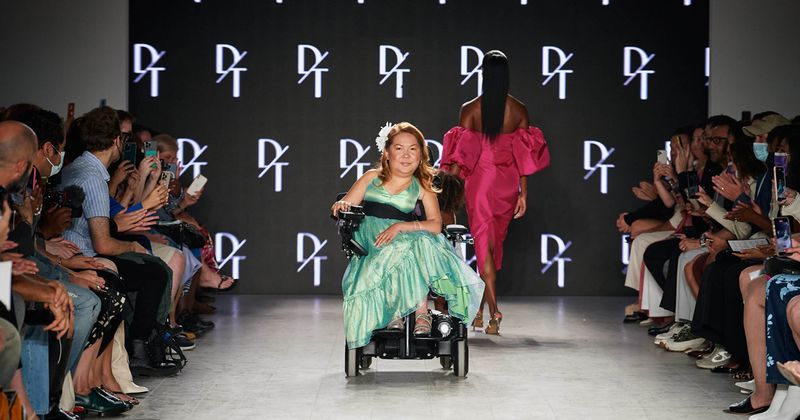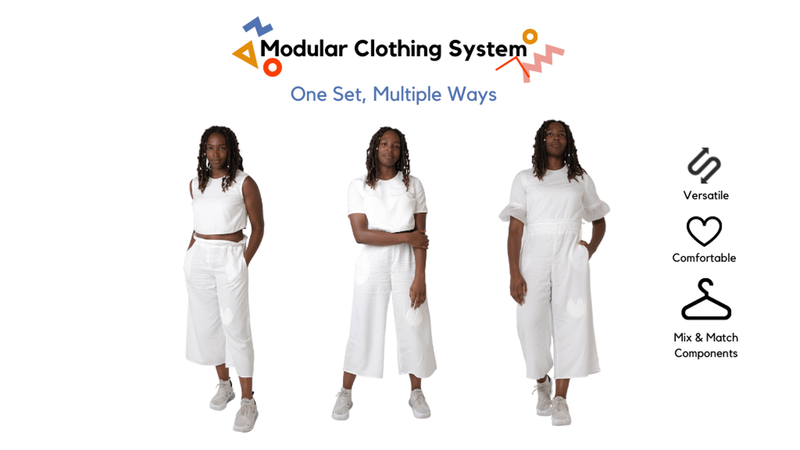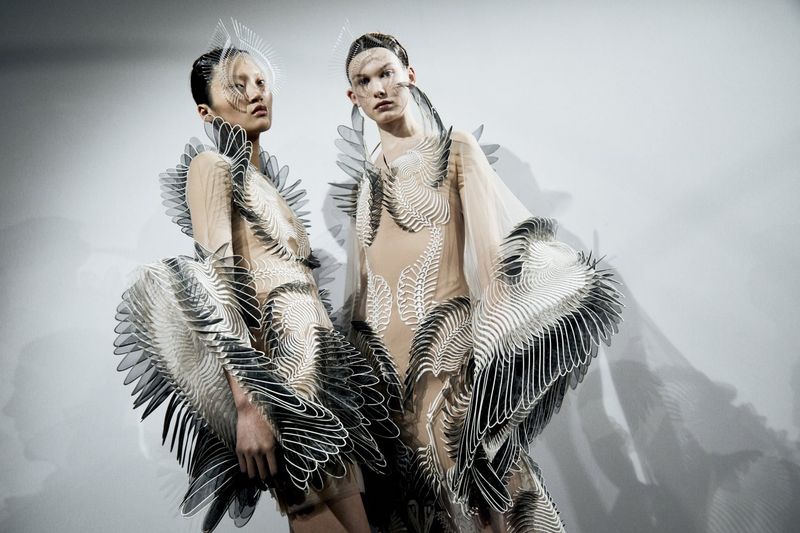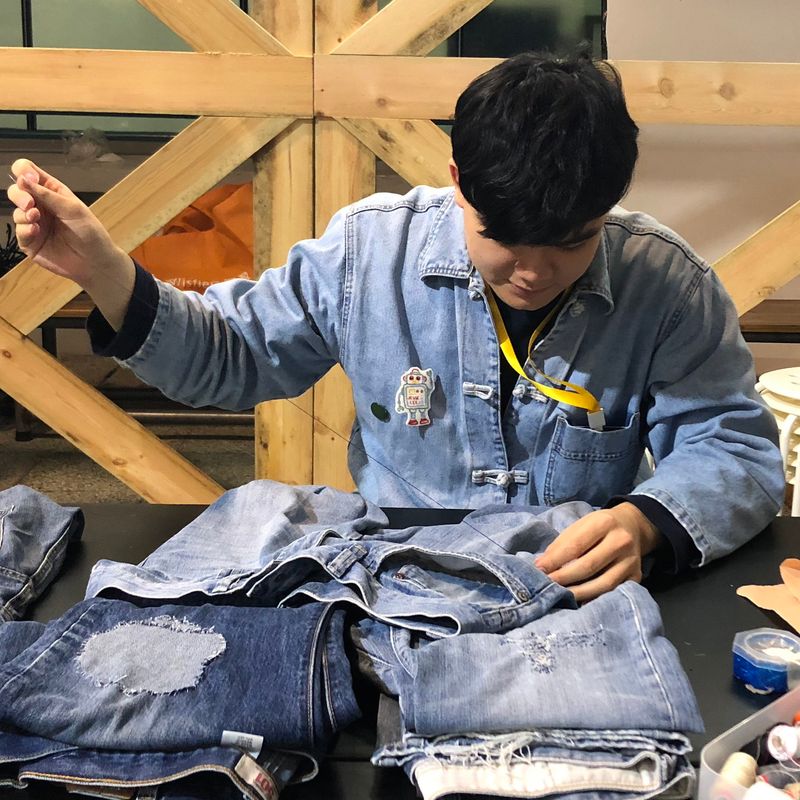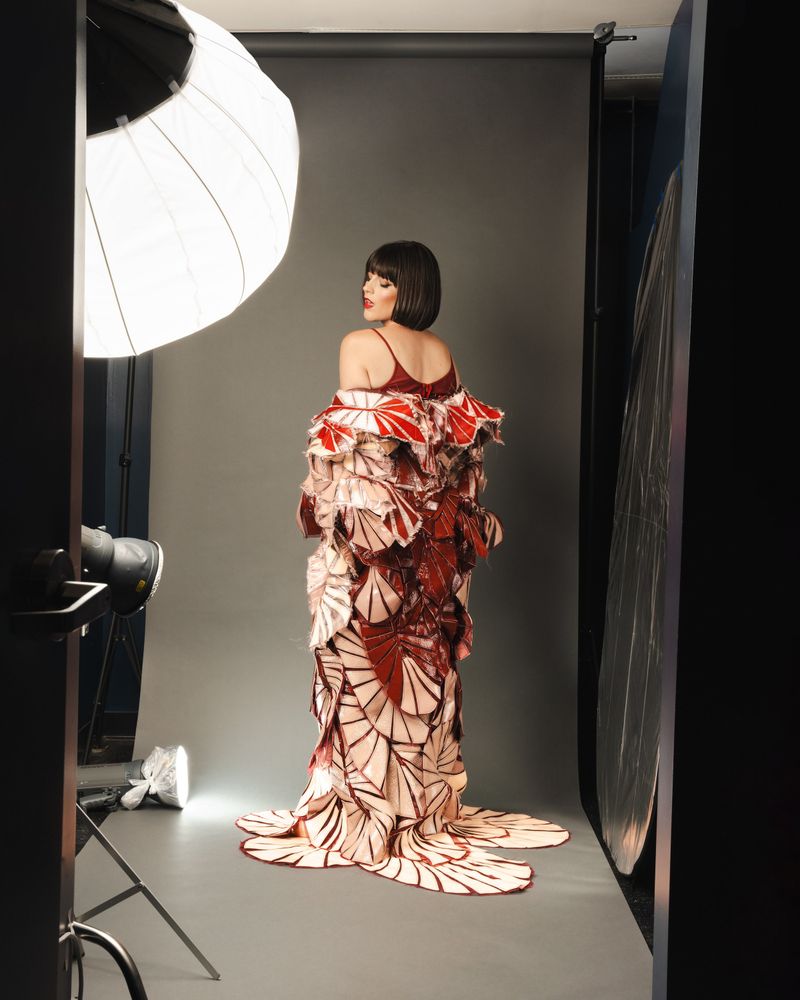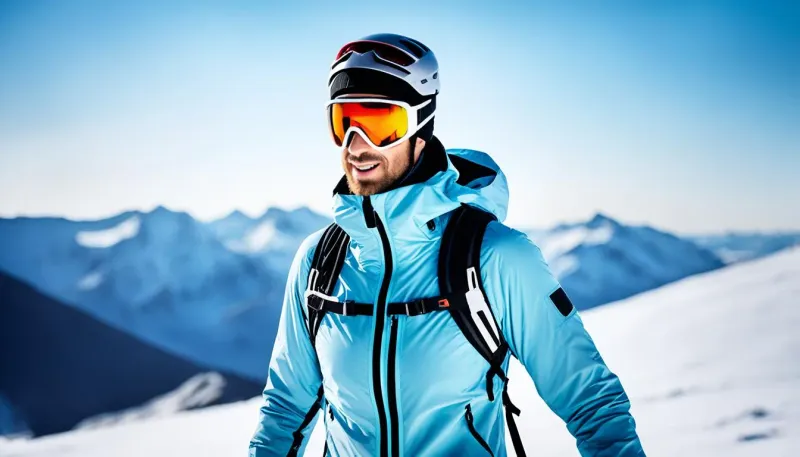Fashion Week 2025 just wrapped up, and boy, was it a wild ride! Designers showcased everything from the brilliantly innovative to the downright bizarre. As runway looks make their way to mainstream closets, it’s time to separate the fabulous from the flops – here’s my honest take on what should stay and what should disappear.
1. Trends That Need To Go #1: Holographic Oversized Puffers
Remember when puffy jackets were just for staying warm? Now they’ve morphed into walking disco balls that blind pedestrians.
These shimmery monstrosities take up entire sidewalks and reflect sunlight with dangerous intensity. Fashion should make a statement, not require sunglasses and spatial awareness training.
2. Trends That Need To Go #2: Digital Projection Dresses
Clothing with built-in projectors might sound futuristic, but the reality is just awkward. Nobody wants their outfit to malfunction and suddenly display error messages across their body.
Battery packs are heavy, projections wash out in daylight, and privacy concerns abound. Plus, who needs to see your social media feed scrolling across your skirt?
3. Trends That Need To Go #3: Extreme Platform Crocs
Platform Crocs standing eight inches tall aren’t revolutionary – they’re ankle injuries waiting to happen. Designers bedazzled these rubber towers with everything from feathers to mini-screens.
The original Crocs were about comfort. These monstrosities sacrifice practicality for shock value. Your feet deserve better than to be perched atop foam stilts.
4. Trends That Need To Go #4: AI-Generated Textile Patterns
AI-created fabrics looked cool in theory until everyone started wearing the same bizarre swirls. What’s meant to be unique quickly became the most recognizable (and copied) look on the runway.
These patterns often resemble either cosmic accidents or bacterial cultures. Fashion should feel intentional, not like your clothes were designed by random algorithms.
5. Trends That Need To Go #5: Metaverse-Only Collections
Designers launching clothes that exist solely in virtual worlds left real-world fashionistas out in the cold. Physical runways showcased models essentially wearing motion-capture suits.
The audience watched screens to see the actual designs. Fashion should enhance reality, not abandon it altogether. Plus, no one wants to pay real money for clothes only their avatar can wear.
6. Trends That Need To Go #6: Facial Recognition-Blocking Headwear
Privacy is important, but the massive anti-recognition headpieces from Fashion Week 2025 are straight-up impractical. These structures block peripheral vision and make simple activities like eating nearly impossible.
While the cyberpunk aesthetic has its place, wearing what amounts to a portable privacy booth is taking things too far. Fashion shouldn’t require spatial awareness training.
7. Trends That Need To Go #7: Disposable Single-Wear Couture
Garments designed to disintegrate after one wearing aren’t innovative – they’re wasteful. These biodegradable outfits might sound eco-friendly until you consider the resources used to create something so temporary.
Fashion should move toward sustainability, not celebrate disposability. Nobody needs clothes with built-in expiration dates, especially at luxury price points.
8. Trends That Need To Go #8: Climate-Reactive Excessive Layering
Garments with built-in temperature sensors might sound clever, but the execution was a disaster. Models struggled down runways wearing fifteen layers that automatically deployed or retracted based on body heat.
The mechanical whirring as panels opened was distracting. Plus, malfunctions left some models suddenly overdressed or underdressed mid-walk. Technology should enhance clothing, not complicate it.
9. Trends That Need To Go #9: Augmented Reality Makeup
AR makeup requires special glasses to see the full effect, creating a bizarre disconnect. Without the tech, wearers look like they have strange markers on their faces.
Models walked runways with QR codes on their cheeks and blank spaces where digital elements should appear. Beauty shouldn’t require a software update or battery charge to be visible.
10. Trends That Actually Work #1: Regenerative Fabric Technology
Textiles made from regenerative agriculture are revolutionizing sustainable fashion. These fabrics actively heal soil during production rather than depleting resources.
The resulting materials feel luxurious while having minimal environmental impact. Designers showcased everything from evening wear to casual basics, proving sustainability and style aren’t mutually exclusive.
11. Trends That Actually Work #2: Adaptive Inclusive Design
Fashion Week 2025 finally embraced truly inclusive design. Garments featured magnetic closures, adjustable seams, and sensory-friendly fabrics that work for diverse body types and abilities.
Models of all abilities showcased how beautiful accessibility can be. These thoughtful designs prove that fashion can be both functional and fabulous for everyone.
12. Trends That Actually Work #3: Heritage Craft Revival
Traditional craftsmanship got a modern upgrade this season. Designers collaborated with artisans to incorporate age-old techniques like hand-weaving and natural dyeing into contemporary silhouettes.
These pieces tell stories through their creation process. The movement celebrates cultural heritage while supporting skilled craftspeople and creating truly unique, meaningful fashion.
13. Trends That Actually Work #4: Modular Capsule Systems
Interchangeable fashion components allow endless outfit combinations from minimal pieces. Zip-off sleeves, reversible panels, and attachable elements mean one garment serves multiple functions.
This approach reduces closet clutter while maximizing style options. The versatility makes these pieces perfect for travel and sustainable for consumers tired of fast fashion’s churn.
14. Trends That Actually Work #5: Biomimicry in Functional Design
Nature-inspired engineering created the season’s most innovative yet practical designs. Jackets with cooling systems based on termite mounds regulate body temperature effortlessly.
Swimwear with shark-skin-inspired fabric reduces drag in water. These biomimetic approaches solve real problems while creating beautiful, functional garments that work with the body’s natural processes.
15. Trends That Actually Work #6: Emotional Durability Focus
Designers emphasized creating pieces with lasting emotional connections. These garments feature personalization elements, storytelling components, and adaptable details that evolve with the wearer over time.
This approach counters disposable fashion by creating pieces you’ll want to keep forever. The trend encourages meaningful consumption rather than constant replacement.
16. Trends That Actually Work #7: Practical Tech Integration
Unlike gimmicky tech fashion, these pieces incorporate technology that actually enhances functionality. Subtle heating elements in winter wear, UV-monitoring threads in swimwear, and discreet pockets for devices solve real problems.
The technology remains invisible while making life easier. These innovations enhance garments without sacrificing style or comfort.
17. Trends That Actually Work #8: Zero-Waste Pattern Cutting
Innovative pattern-making eliminated fabric waste while creating striking silhouettes. Designers displayed the entire marker layout alongside finished garments, showing how every scrap was incorporated.
These mathematical approaches to design created unexpected details from pieces typically discarded. The resulting garments feature unique puzzle-like construction that’s both sustainable and visually interesting.
18. Trends That Actually Work #9: Climate-Adaptive Materials
Fabrics that respond naturally to environmental conditions made a practical splash. These materials breathe in heat, insulate in cold, and adjust their properties without batteries or apps.
Unlike over-engineered alternatives, these textiles work with biology rather than technology. The garments perform brilliantly in changing conditions while maintaining comfort and style throughout the day.

